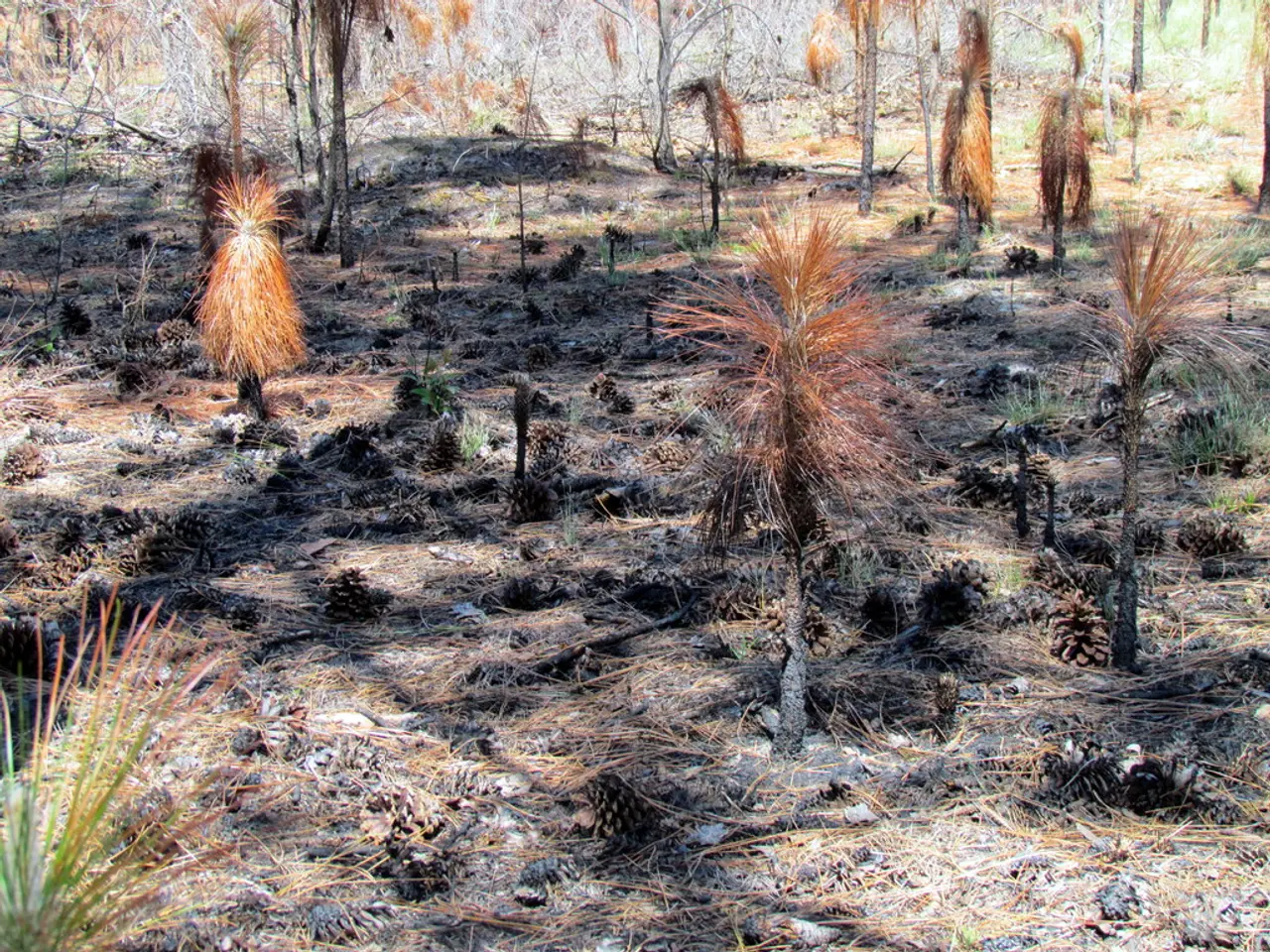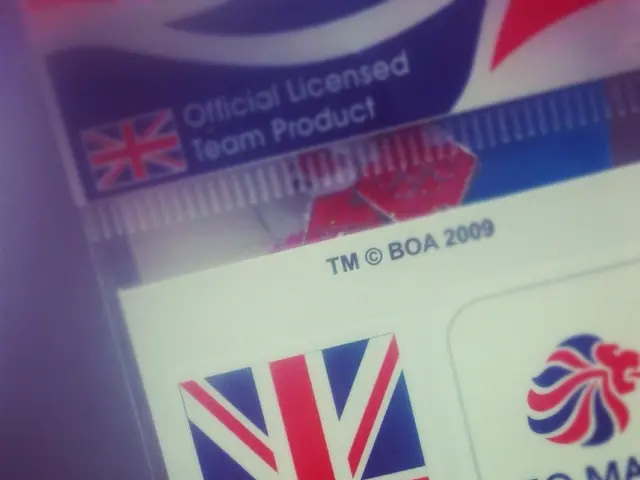USDA Map Reveals Kansas' Growing Regions for Agriculture
In the heart of America, Kansas offers a unique blend of landscapes and climates, making it an exciting place for gardening enthusiasts. To help you make the most of your green thumb, we've put together a guide to understanding the USDA plant hardiness zones in Kansas.
Firstly, the Kansas USDA zones map, updated in 2023, provides valuable information about the plant hardiness in different areas of the state. This map can be found by clicking on the image above or by visiting the USDA (United States Department of Agriculture) website or related official USDA plant hardiness map platforms.
To find your hardiness planting zone in Kansas, locate the approximate area in which you live on the map. Compare the zone colors for your area with those found on the legend to the right. This map is crucial in determining the most ideal plants for your area, as it takes into account the influences of climate changes and increasingly warmer temperatures.
For instance, more areas are finding that warmer hardiness growing zones are moving northward. However, less hardy plants may require additional protection or relocation indoors in Kansas, especially in colder regions.
Fear not, as local nurseries offer plants suitable for USDA zones in Kansas. Reputable nurseries specialize in selling landscaping plants appropriate for Kansas' hardiness zone, and these plants will be clearly marked as suitable for Kansas' hardiness zone. Non-hardy species may also be available in local nurseries, but they should be clearly marked.
To help you along your gardening journey, our platform provides gardening tips, videos, and information. Signing up for our platform's newsletter grants access to a free e-book "How to Grow Delicious Tomatoes".
Choosing plants that tolerate cooler conditions (such as a zone lower) can help ensure their winter survival in areas bordering separate zones. For example, if you live near the border between zones 5 and 6, opting for plants that thrive in zone 5 may increase their chances of surviving the winter.
In conclusion, understanding the USDA plant hardiness zones in Kansas is essential for a successful gardening experience. By using the Kansas USDA zones map and choosing plants suitable for your area, you can create a beautiful and thriving garden that withstands the unique challenges of Kansas' climate. Happy gardening!








